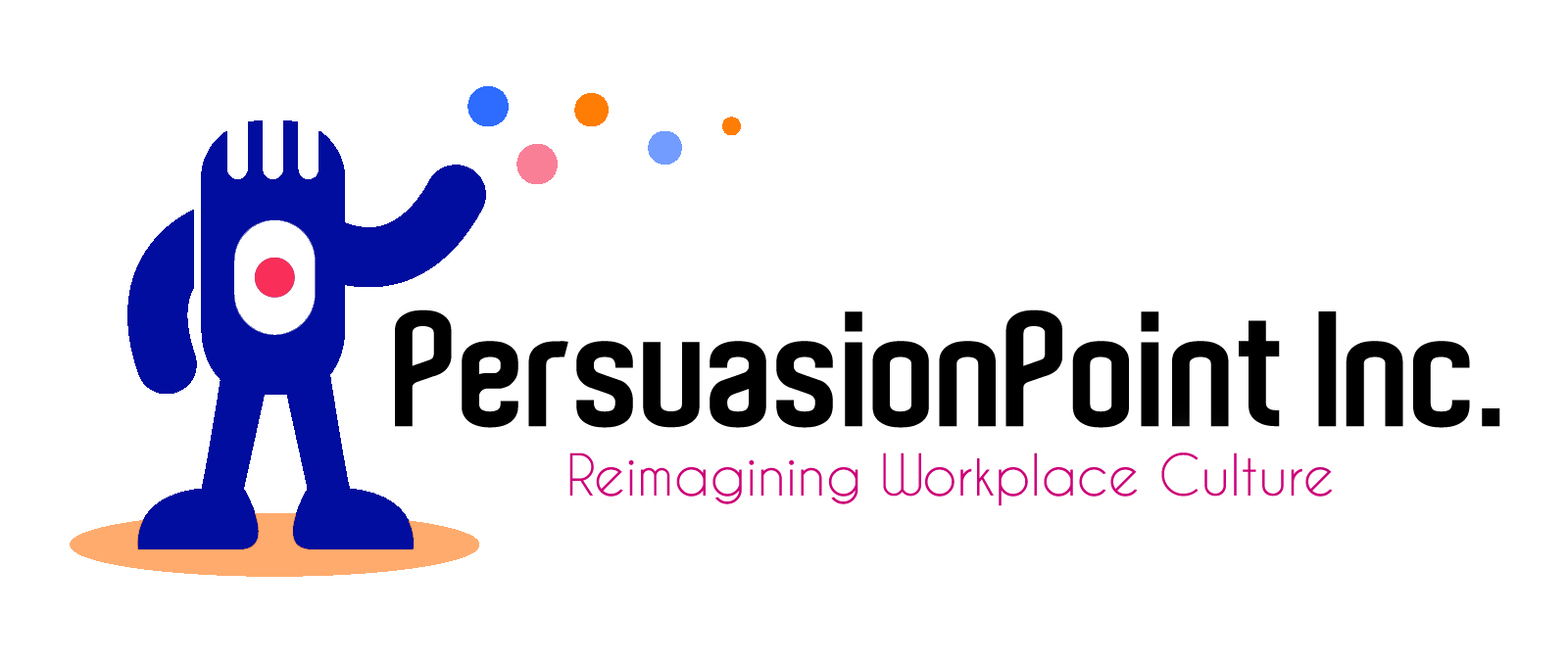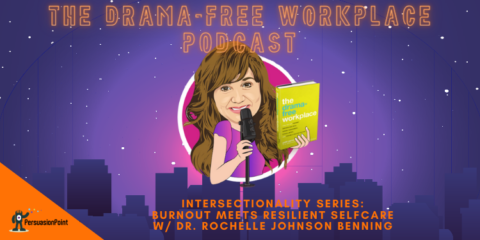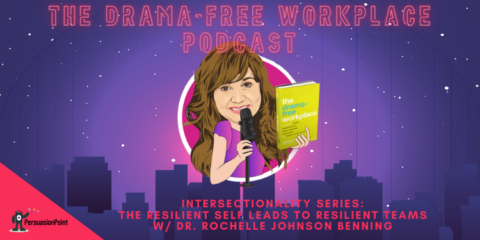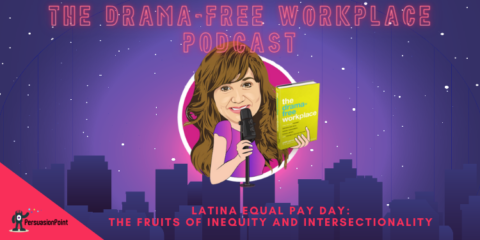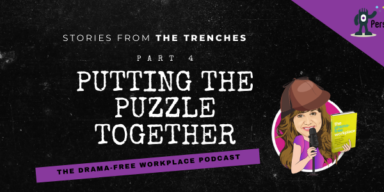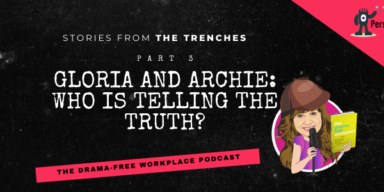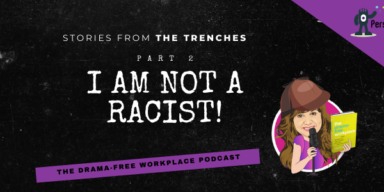If you like this article’s cover art, consider supporting Black Illustrations by clicking here.
Fair and Consistent Resolution to Workplace Drama: The Forgotten Piece of DEI
I’ve spent the better part of my career sounding the alarm on the direct link between an organization’s DEI efforts and the need to resolve allegations of misconduct in a radically fair, inclusive and consistent manner (notice I didn’t use the legalese incantation for resolving workplace drama: “our investigations are thorough and timely”).
While companies have spent countless resources focusing on hiring and, to a lesser extent, promoting diverse talent, they have completely missed the mark on the vital link between authentic DEI efforts and how allegations of racial bias (and other misconduct) are managed and resolved ![]() (not to mention the complete lack of action taken to truly prevent that misconduct from occurring in the first place).
(not to mention the complete lack of action taken to truly prevent that misconduct from occurring in the first place).
I can’t count the number of times I heard employees, many of them Black and Brown employees (especially women of color), tell me that their workplaces simply didn’t value, hear or see them. More to the point, my involvement meant they’d gone through the formal corporate channels to express their frustrations. These mechanisms, established by leadership who said they wanted the opportunity to resolve concerns internally, failed these employees again and again.
Having seen the inauthentic response too many times, these employees routinely picked one of four choices:
- Stay but became increasingly (and reasonably) angry.
- Leave (sometimes expressing their frustration in resignation letters, more often saying nothing so as not to “burn bridges”).
- Take to social media.
- Sue (which happens less often than most assume).
And yet, I speak to leader after leader who, while scratching their heads and giving me a perplexed look, ask why their corporate DEI efforts have so utterly failed.
Case in Point
A recent example of this comes from the story at ABC News where Senior VP Barbara Fedida was placed on administrative leave.
The gist of the underlying facts is that Fedida is said to have a long history of making demeaning racial remarks and expressing her “clear distaste” for DEI efforts (importantly, she was charged with overseeing these efforts).
But the story is about much more than Fedida’s individual conduct – if we are to truly advance DEI efforts, it is just as important to focus on the corporate response.
According to the employees interviewed, “[e]ssentially, Fedida is a problem-solver who helps make unpleasant situations go away. [E]very source who spoke…said that’s how she has remained in power despite engaging in behavior that would normally get any other executive ousted.”
The story goes on to say that:
“Fedida has excelled at ABC in part because of a key ally, Tanya Menton, who has worked for the Walt Disney Co. (the parent company of ABC News) for over two decades and currently serves as vice president of litigation. Menton has been involved in settlement negotiations related to Fedida and other ABC News executives, and has personally handled the response to some of the human resources complaints about Fedida’s conduct, according to three sources.”
This is, unfortunately, too often the response from corporate America – companies routinely settle claims of misconduct, sweep the underlying issues and root causes under the rug, and go about their business. It is a huge missed opportunity to not use these events as catalysts to create healthier cultures in general, and stay true to DEI commitments in particular.
First, settling these claims and dismissing them as “disgruntled employee” complaints or one-offs, not representative of an underlying toxic culture means that the problems persist. Second, the message to the employees left behind is loud and clear – in the best case scenario, you might receive a monetary settlement if you complain, but we will never actually make changes to the underlying systemic issues of unfairness you might face.
In this moment of reckoning, leaders have no choice but to do better. ![]() Organizations must objectively look at how they receive, review and resolve claims of misconduct and unfairness and, in most cases, completely revamp the way in which they approach this work.
Organizations must objectively look at how they receive, review and resolve claims of misconduct and unfairness and, in most cases, completely revamp the way in which they approach this work.
Digging a Deeper Hole
There’s another aspect to the ABC News story that is also worth exploring (and their story is simply a representative example of the way almost all companies handle these situations).
If it’s true that Fedida has been repeatedly accused of biased behavior, and if it’s true that one of the company’s highest ranking attorneys has knowledge of these claims and settlements, then the company must respond to their inaccurate corporate statement related to these events (see here for more on inauthentic corporate statements). The company’s response to the story says:
“’There are deeply disturbing allegations in this story that we need to investigate, and we have placed Barbara Fedida on administrative leave while we conduct a thorough and complete investigation,’ ABC News said in a statement to Huffington Post. ‘These allegations do not represent the values and culture of ABC News, where we strive to make everyone feel respected in a thriving, diverse and inclusive workplace.’”
And there it is – the inevitable, rote response almost always given by PR and legal departments when news of mishandling of employee complaints comes to light.
The incongruity is stunning, but common. On the one hand, the company “strive[s] to make everyone feel respected in a thriving, diverse and inclusive workplace.” On the other hand, if the allegations are true, the company has known about the conduct and has enabled or maybe even encouraged it.
It’s time to end the rote responses – “we take all allegations of misconduct seriously and will conduct a thorough investigation,” “we do not tolerate harassment of any kind at our company,” “we have a zero tolerance policy for conduct that is contrary to our core values of diversity and inclusion,” etc. etc. etc.
Try this instead:
“We have fallen down on the job. For too long, we’ve viewed issues related to allegations of misconduct through a fear-based legal lens. We thought the best way to avoid racist behavior was to focus on whether the conduct would get us into legal trouble, and we now understand that by looking at the issue that way, we drove away talent and sent the wrong message to those who remained. We will take this specific instance to make real, sustainable changes to create a genuinely anti-racist culture. We will spend some time reflecting on what we could have done better, and will spend even more time doing the work required to move forward.”
What else can you do?
If your organization is truly committed to resolving workplace drama with radical fairness and eliminating all bias from decision-making, here are a few things you must do…I call it “Mastering the 3 Rs: Receive, Review, Resolve Allegations of Misconduct” (covered in greater detail here):
1. Receive
No more lip service…if your organization says it has an “open door policy” and wants to know if there are concerns, you need to mean it. (I call this creating a culture of truth-telling.) ![]()
- Rewrite any policy and dismiss any practice that instructs employees to report conduct they believe violates the policy or a law. It’s too late by then. Encourage them to seek help much earlier.
- Treat your workforce like adults and provide them with tools and resources to solve problems on their own, when they are still easy to solve.
- Be careful of bias – if your knee jerk reaction to an employee report of racial bias is to roll your eyes, you are not the right person to receive complaints (much less the right person to investigate or resolve claims). *This means that if you’re hiring your law firm to handle your investigations – you know, the one that is paid to defend the company from lawsuits – you’re setting yourself up for a serious problem with the perception of unfairness.
- Teach employees something other than legal language. It’s true that not everything is “harassment” or “discrimination,” but we fail to provide other words to report concerns.
- Here’s the three-step process I suggest to rid your complaint system of legally-charged terms: 1) Describe the words or behavior specifically; 2) Describe the effect it had on you; 3) Discuss what you think will make the situation better. (I talk about this process in greater detail in two recent podcasts: Speaking Your Brand and The Innovation Show.)
2. Review
Conducting workplace investigations is hard work. Don’t make that work harder than it needs to be by implementing rules to make them “legally-defensible” rather than truth-seeking endeavors. (I call this creating a culture of curiosity.)
- Once again, watch for bias here. Too often, so called independent investigators form an opinion (conclusion) right at the outset and then conduct an investigation to confirm that prejudgment (aka confirmation bias).
- If you’re a top leader, make sure you pay attention to who is assigned to conduct investigations. In my book, The Drama-Free Workplace, I list qualities of an excellent workplace sleuth. This includes being genuinely curious and authentically open-minded, approaching investigations with a problem-solving mentality, the ability to make people feel comfortable with the process, excellent research skills, and the ability to anticipate issues, among others.
- Consider a two-track complaint system: One for allegations of serious misconduct that require a full-blown, formal investigation, and a second one for concerns that don’t warrant a full investigation and focuses instead on restorative justice.
3. Resolve
Establish objective criteria to decide appropriate next steps (including discipline) if you find racist, biased, abusive, exclusionary, or bullying behavior has occurred (whether or not the conduct violates a law). And use investigation results as opportunities to improve your culture beyond the specific facts. (I call this creating a culture of radical fairness.)
a. In terms of handing the matter at hand, take a two-step process to decide whether (and what type) of discipline is in order: Rate the misconduct on an objective scale (this way the focus is on behavior, NOT the person engaging in the behavior); then use information from the investigation to determine which course of action is more likely to cause a change in behavior.
b. Implement forward-looking accountability principles. This is routinely used in safety investigations – focusing less on who is at fault, and more on what can be done to prevent recurrence (so, for example, determine the cause of wet/slippery floors, and implement a forward-looking solution to make sure floors are routinely mopped.)
The Bottom Line
If you are seriously committed to creating an anti-racist culture at your organization, and want to send a strong message about your dedication to diversity, equity and inclusion, then you need to pay closer attention to eliminating workplace drama in ways that are just, equitable, and complete.

About PersuasionPoint
Patti Perez is founder and CEO of PersuasionPoint, a modern-day consulting firm dedicated to teaching leaders and teams how to create and sustain healthy, equitable and inclusive workplace cultures. Patti is the best-selling, award-winning author of The Drama-Free Workplace (Wiley 2019), and draws from the book’s themes to provide practical, authentic, and action-oriented solutions to help companies achieve true diversity and equity, and to create environments of belonging and inclusion.
Patti and the team provide services specifically tailored to address workplace struggles with recruiting, retaining, promoting and fully valuing diverse employees – including consulting, leadership training, and boot camps for diverse attorneys who are emerging leaders.
Contact Patti here or email her directly at Patti@PersuasionPoint.com.
